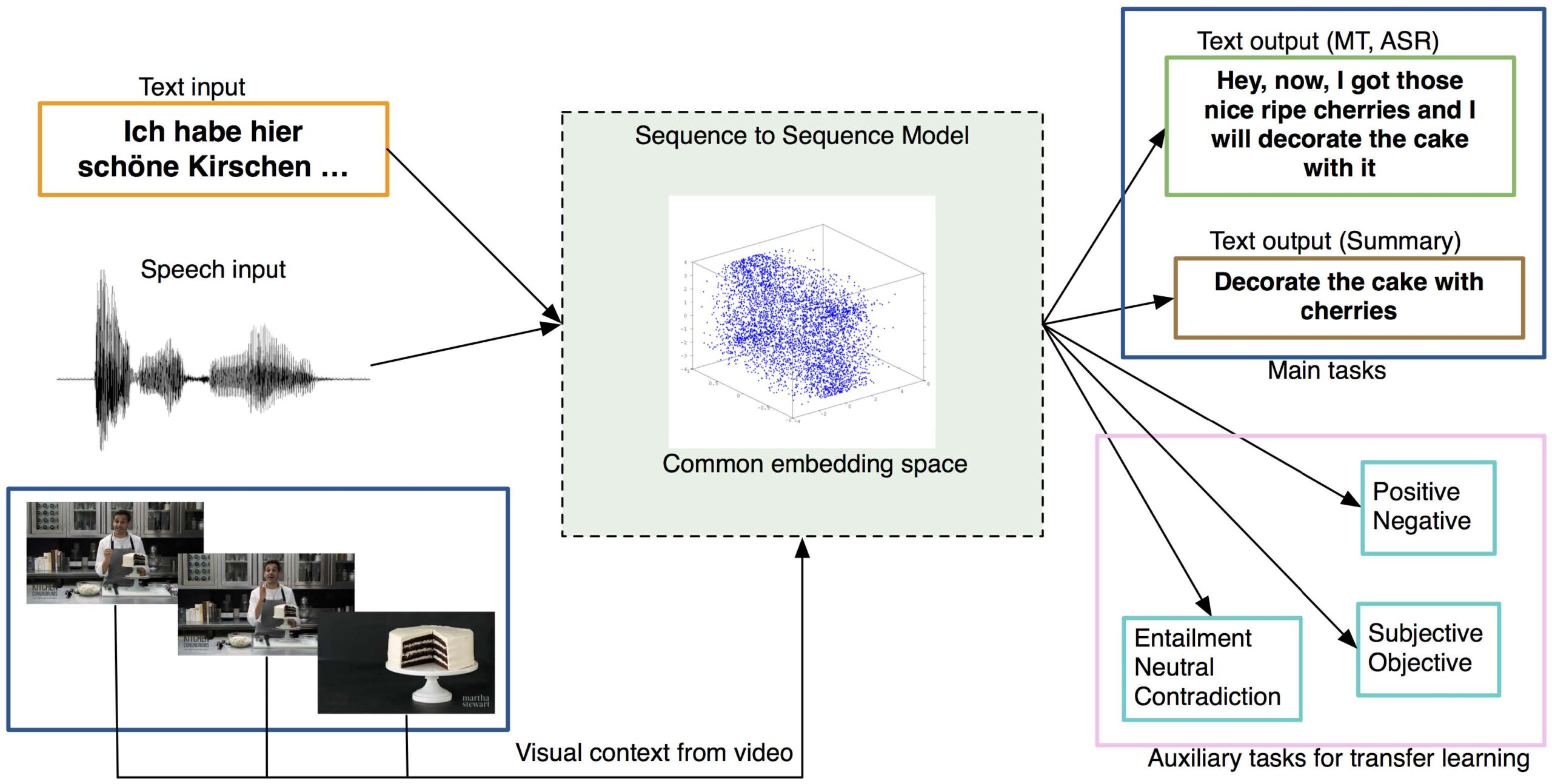Sequence transduction is a type of machine learning task that involves transforming an input sequence to an output sequence. It is a hybrid of sequence labeling and sequence-to-sequence mapping, and is applicable to any problem in which the input and output formats vary in size and modality. Sequence transduction plays an important role in natural language processing and computer vision applications.
Sequence transduction involves constructing an encoder-decoder architecture that maps from one sequence of symbols to another. The input sequence is first encoded into a vector using a neural network encoder. The encoded vector is then used as the input to the decoder, which then produces an output sequence. To ensure accuracy, the outputs of the encoder and decoder must be matched on both length and elements.
In natural language processing applications, sequence transduction can be used to map between sequences of tokenized words or POS tags, while in computer vision applications, it can be used to map between different types of images or video frames.
In addition to being used in natural language processing and computer vision applications, sequence transduction can also be used for other tasks such as bio-informatics analysis, speech and language understanding, conversation modeling, and language translation. It is a powerful tool for solving complex problems, and has been applied to a variety of tasks in the fields of natural language processing and computer vision.





